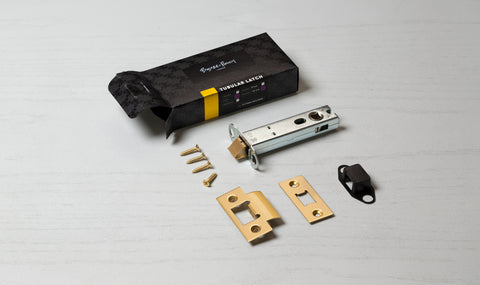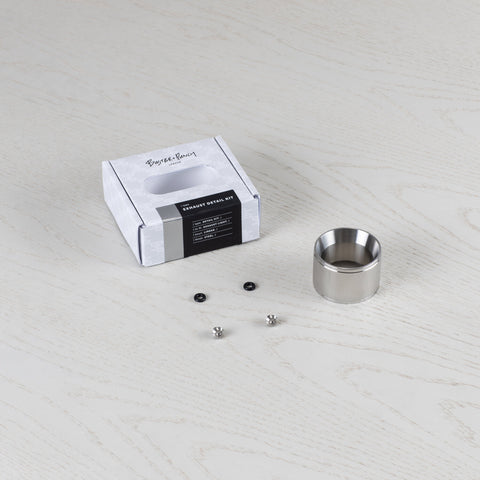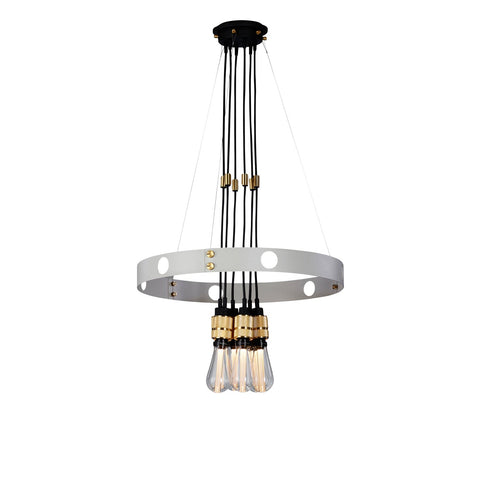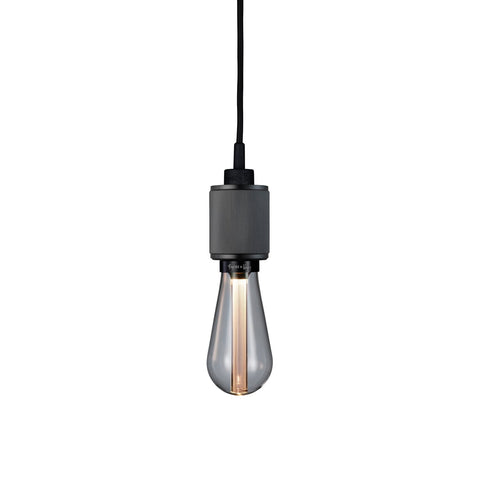FAQ
Do LED lights have any other benefits?
Yes. LED lamps do no emit UV radiation which means that organic materials such as manuscripts, artwork and artifacts are not harmed. This benefit is particularly useful for museums and galleries where existing halogen lamps can cause UV degradation of displayed materials. Another benefit of LED’s having no UV emissions is that insects are not attracted to LED lights. LED lamps are therefore ideal for use in the food industry and as well as buildings which run external lighting for illumination.
Do LED lights have any occupational or health benefits?
Do LED lights have any occupational or health benefits?
LED tubes which are used to replace conventional fluorescent tubes are made from “unbreakable” plastic not glass and contain no mercury. Fluorescent tubes “flicker” as they age and this can cause issues for migraine sufferers or epileptics. LED tubes do not flicker.
Do LED lights have any environmental benefits?
Do LED lights have any environmental benefits?
LED lights have numerous environmental benefits over conventional lamps. LED lights use between 50%-90% less energy which also means large carbon emission reductions, they do not contain mercury, they last up to 20 times longer and they are made from fully recyclable materials. For example, the extruded aluminum heat sink used in LED down lights and LED spot lights is manufactured using 80% post-industrial recycled material.
What are the advantages of LED lights?
What are the advantages of LED lights?
LED lights bring several advantages such as energy efficiency, durability, long lifespan, no UV emissions, no flicker and dramatically reduced maintenance requirements. This translates into energy savings, maintenance savings and an overall reduction in cost of ownership over the product’s lifetime.
How long is 50,000 hours?
How long is 50,000 hours?
There are 8,760 hours in a year, so here’s what 50,000 hours works out to be, depending on lamp hours of operation. Hours of Operation: o 24 hours a day 5.7 years o 18 hours per day 7.6 years o 12 hours per day 11.4 years o 8 hours per day 17.1 years
Why is the life span of an LED measured as lumen depreciation?
Why is the life span of an LED measured as lumen depreciation?
The life span of an LED is vastly longer than that of incandescent, fluorescent or HID lamp sources, generally lasting 50,000 hours or longer. Although the LED never really burns out, product life span is measured by lumen depreciation. The Illuminating Engineering Society’s (IES) current standard for calculating the life of an LED as the point at which the LED reaches 30 percent lumen depreciation. Remember, a 100,000-hour rating is not equivalent to lamp life rating. LED life is rated where it has reached 30 percent lumen depreciation. At 100,000 hours an LED would still be operating, but at a decreased lumen output.
Do I have to replace LED diodes?
Do I have to replace LED diodes?
An LED diode does not “burn out” like a conventional lamp, so individual diodes do not need to be replaced. The light output levels of LED’s will reduce gradually over a long period of time. For general lighting applications, the lifespan of an LED lamp is deemed to be when the lamp has lost 30% of its initial light output. In the rare instance where one LED fails, it will not result in the failure of the lamp.
How do you evaluate LED lights?
How do you evaluate LED lights?
Light output is only part of the LED story and can be misleading. To fully evaluate an LED light you need to review the overall system efficiency, the lamp fixture, the LED driver, optical control, thermal management of the LED’s and their lumen depreciation. Products with good optical efficiency and thermal management will be able to deliver more lumens, on average, than traditional lighting products.
What can affect the LED junction temperature?
What can affect the LED junction temperature?
There are three things which can affect the junction temperature of LED’s: drive current, thermal path and ambient temperature. In general, the higher the drive current, the greater the heat generated at the junction. Heat must be moved away from the junction in order to maintain expected light output, lifespan and color. The amount of heat that can be removed depends upon the ambient temperature and the design of the thermal path from the junction to the surroundings. Typically the junction temperature should be maintained below 120°C.
What is junction temperature?
What is junction temperature?
Junction temperature is the temperature at the point where an individual diode connects to its base. Maintaining a low junction temperature increases output and slows LED lumen depreciation. Maintaining a low junction temperature is critical for evaluating an LED product’s quality and ability to deliver long life.
How does ambient temperature affect LED efficiency?
How does ambient temperature affect LED efficiency?
LED fixtures must be designed with junction temperature thermal management as a key component and use the correct LEDs. Matrix LED use high quality, Cree LED’s which are robust enough to operate in most ambient temperature applications. Unlike fluorescent lights, cold temperatures do not impact the performance of LEDs.
Why don't LED's function as efficiently in traditional fixtures?
Why don't LED's function as efficiently in traditional fixtures?
An LED lamp may physically fit into an existing housing but that housing doesn’t maximise the inherent qualities of the LED. Standard housings aren’t designed to handle the challenges of LED thermal management, which is vastly different than thermal management for traditional incandescent or fluorescent lighting. Also, the optical design used in most traditional fixtures doesn’t maximize the LED’s efficiency.
Why have past attempts to create general illumination LEDs failed?
Why have past attempts to create general illumination LEDs failed?
Conventional approaches to developing general illumination LED’s often involved retrofitting existing fixtures to house the new LED technology. Instead of investigating the benefits and challenges of LEDs, many early attempts simply used traditional lighting standards and housings. The problem is that LED technology breaks all traditional rules and it quickly became apparent that old thinking couldn’t be applied to this new technology.
Are LED lights really good enough for general lighting applications?
Are LED lights really good enough for general lighting applications?
Early attempts to use LED’s in general lighting gave fairly poor results because the LED’s had insufficient light output or poor colour characteristics. LED technology has now advanced to the point where the light output and colour characteristics can match or exceed those of conventional lamps.
Where are LED lamps used?
Where are LED lamps used?
LED lamps are now widely used in a variety of lighting applications such as car parks, airports, hotels, pubs, clubs, commercial offices, manufacturing industry, hospitals, aged car facilities, mining industry, traffic lights, automotive industry, boats, lifts, exit signs and many other areas.
What is an LED lamp?
What is an LED lamp?
An LED lamp uses one or multiple Light Emitting Diodes as the source of light. Each individual LED consists of a semiconductor diode that emits light when a voltage is applied to it. The first LED was created in 1927 but it wasn’t until 1962 that LED’s first appeared commercially as an electronic component. LED technology has now developed to the point where it is viable for general lighting applications.
Can LED lights be dimmed?
Can LED lights be dimmed?
Yes, most of our range of LED lights can be dimmed using a standard dimmer unit.
Please email out friendly staff at sales@ecolightingsupplies.com.au for pricing and purchase information.




